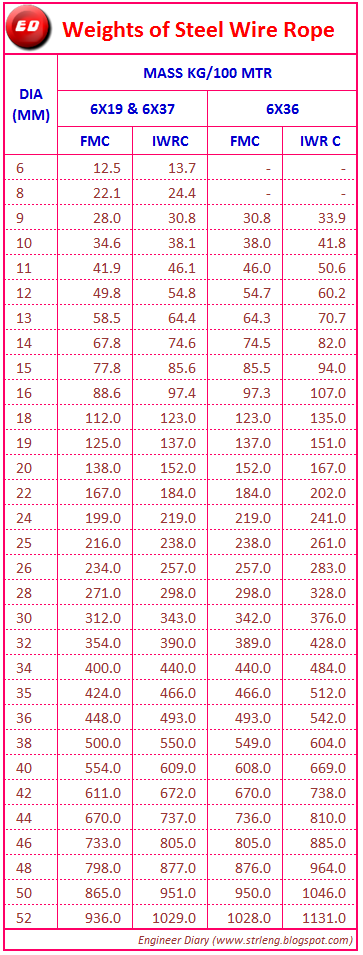Wish You a Happy Winter, During winter let us discuss about surface cleaning
with dry ice!
This new development is quickly expanding around the world. One system uses small rice pellets of dry ice shooting them out of the jet nozzle with compressed air.
This new development is quickly expanding around the world. One system uses small rice pellets of dry ice shooting them out of the jet nozzle with compressed air.
Dry
ice blasting is known by several names like dry ice cleaning, CO2 blasting and dry
ice dusting. It is a kind of carbon di oxide cleaning, where dry ice in the
solid form of carbon di oxide, is accelerated in a pressurised stream and
directed in the surface in order to clean it. This method is similar to other
forms of abrasive blasting such as sandblasting, or soda blasting substituted
for dry ice as a blasting medium.
 This
method is superior to sandblasting because the dry ice is soft enough not to
pit or damage the underlying surface. Since the dry ice evaporates completely
as a gas it leaves no wastes. Only the material being removed must be disposed
of.
This
method is superior to sandblasting because the dry ice is soft enough not to
pit or damage the underlying surface. Since the dry ice evaporates completely
as a gas it leaves no wastes. Only the material being removed must be disposed
of.
Dry
ice blasting is the superior alternative to sand blasting, short blasting, soda
blasting, water blasting and hand cleaning.
Advantages
of dry ice blasting:
·
No preparation required
prior to cleaning
·
No need to dismantle
machines for cleaning. The pellets easily reach into the smallest nooks and
corners.
·
Minimal machine downtimes
·
Environmentally friendly
cleaning
·
Without additional chemicals
or spray agents
·
Surface are not damaged
·
No residues
1.
The loud noise produced
requires protective ear equipment and may cause irritation to other people
nearby. Although new machines are much quitter.
2.
Effective can only occur in
a straight line of sight from the dry ice jet nozzle. Sometimes parts can be
dissembled to help.































